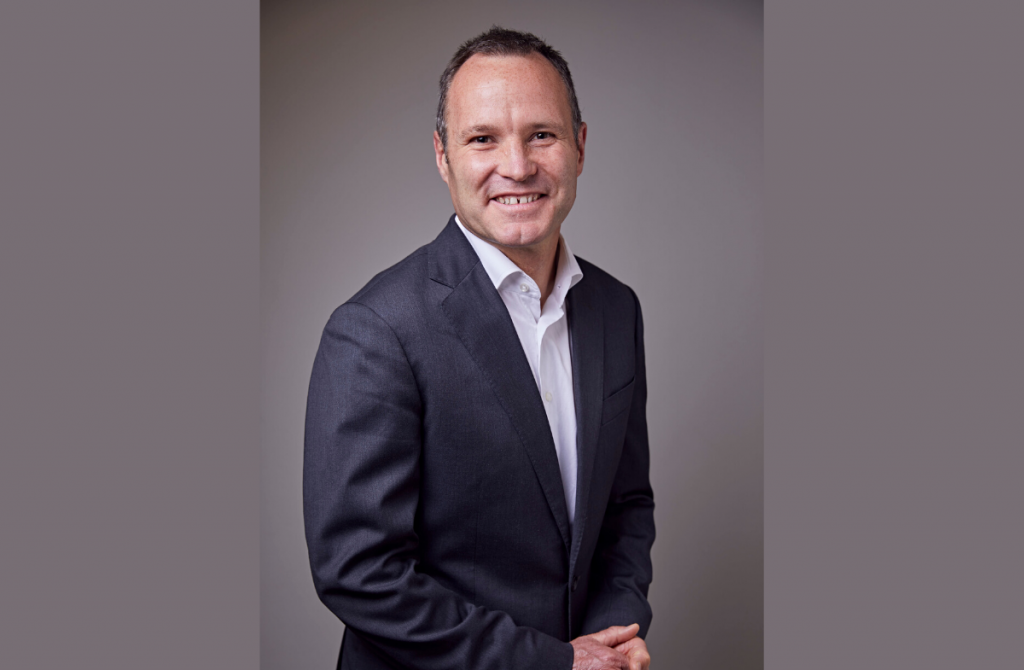Interview with Remi Roques, GM Broadsign APAC.
The COVID-19 outbreak is causing an economic disruption across many sectors, including hospitality and tourism, education, property, and service providers. It is also creating a downtime period for the advertising sector.
We spoke with Broadsign APAC General Manager, Remi Roques, about the role that out-of-home (OOH) media has to play in the current climate and what OOH media owners can do to prepare themselves.
Given the current COVID-19 climate and its impact on the advertising world, what is your advice to out-of-home media owners on how to respond and plan ahead?
I believe that OOH operators should use this downtime to review the core structures that support their business and make the necessary changes to come out stronger on the other side of the COVID-19 downturn.
It’s a good time for media owners to look into better solutions and systems for their business. Tools like our own Broadsign Direct, which helps to optimize OOH media sales or our content and network management system, Broadsign Control, can efficiently help a business work, save time and money in operating their businesses. Our sales team offers demonstrations and free trials on these two products.
Selling programmatically is also something publishers could look into right now to set themselves up to thrive when brands start to invest heavily in advertising again. Programmatic DOOH platforms like Broadsign Reach, which connects DOOH displays to a global marketplace, are capable of generating more revenue from digital networks while opening up endless targeting and creative options for advertisers. After the economic downturn of 2008, programmatic took off in online digital advertising; we expect to see the same in digital Out-Of-Home after COVID-19.
It is not all bad news for brands during this time. Some brands, like food products, online deliveries and services, or health equipment providers are expected to perform better than usual during this period. For such brands, our software platform includes features that are particularly relevant for targeting specific audiences with the capability of delivering the right message at the right location and the right time of the day.
What role does DOOH play in communicating crucial messaging such as COVID-19?
Digital has cemented out-of-home as an essential channel for mass communication. Digital screens can deliver dynamic, up-to-date messages to the community in real-time, such as news feeds or statistics. It’s for that reason that we’ve seen digital displays in transit areas, medical centres, and grocery stores used by community service associations and government authorities to push guidelines and emergency messages to screens in a matter of minutes.
We have also seen how DOOH can be used to thank health and community workers fighting COVID-19 and carry us through the crisis. Spreading positivity and gratefulness is something we all need during this time.
What other value does DOOH bring to media owners in terms of content scheduling and campaign performance?
DOOH is premium inventory that offers the opportunity to propose more complex advertising campaigns, with sophisticated solutions that require advanced content management platforms.
Content can be scheduled and taken down within minutes, and DOOH enables advertisers to manage content remotely across large or small networks. This helps keep advertising relevant at all times while allowing businesses to maintain physical distancing.
During this unprecedented and uncertain time, I am extremely proud to see just how much of an impact our medium can have. I’m impressed with how creative and agile many OOH operators have been in joining the fight against COVID-19, dedicating screen time and ad space to spreading helpful and uplifting messages at a time when we need them most.
How do you see consumers, advertisers, and media owners going back to business post-COVID-19?
OOH has always been a resilient medium. Post-COVID-19, things may go back to normal, but I’m sure there will be a new normal that we will have to deal with. Whatever the circumstances, I think OOH will have an important role to play.
When everyone is out of seclusion, there will be an unprecedented need to be entertained, interact with others, enjoy sports, concerts, and movies, and to go on new adventures. Consumers will be out and about again and tired of watching TV indoors and consuming online media.
I anticipate an advertising boom across all mediums. Outdoor advertising, in particular, will provide a quick and effective way for brands to get back in front of audiences who are ready to start living and spending again.
As I said, rather than taking their foot off the pedal, out-of-home publishers should use this time to set up and prepare for the post-COVID-19 recovery by focusing on boosting sales and investing in the right operational systems. Now is the time to identify what OOH strategies are needed and make improvements that are probably already long overdue.
When we come out of this, no doubt the advertising world will be radically different, and the value DOOH offers will be in even greater demand. If media owners make smart decisions now, they will not only make it through but thrive as the economy restarts.
There is no more ‘‘business as usual,’ and this is the time for OOH operators to invest in upgrading their systems and prepare for success in the ‘new normal’. For tips on how to achieve this, Broadsign have a series of webinars coming up and you can register here.
MARKETING Magazine is not responsible for the content of external sites.











